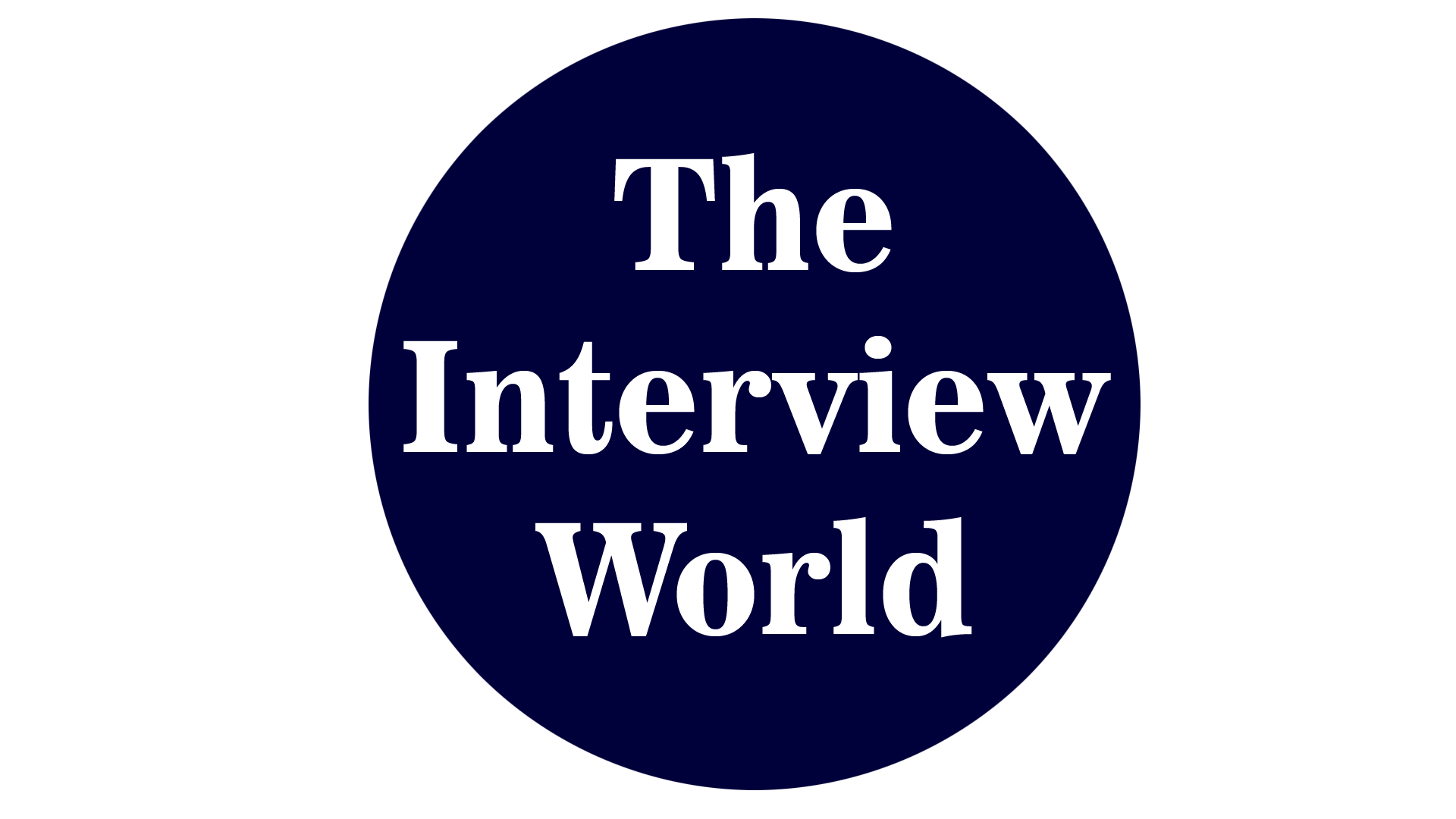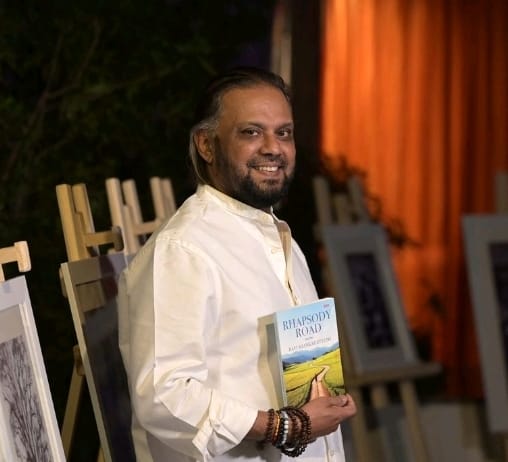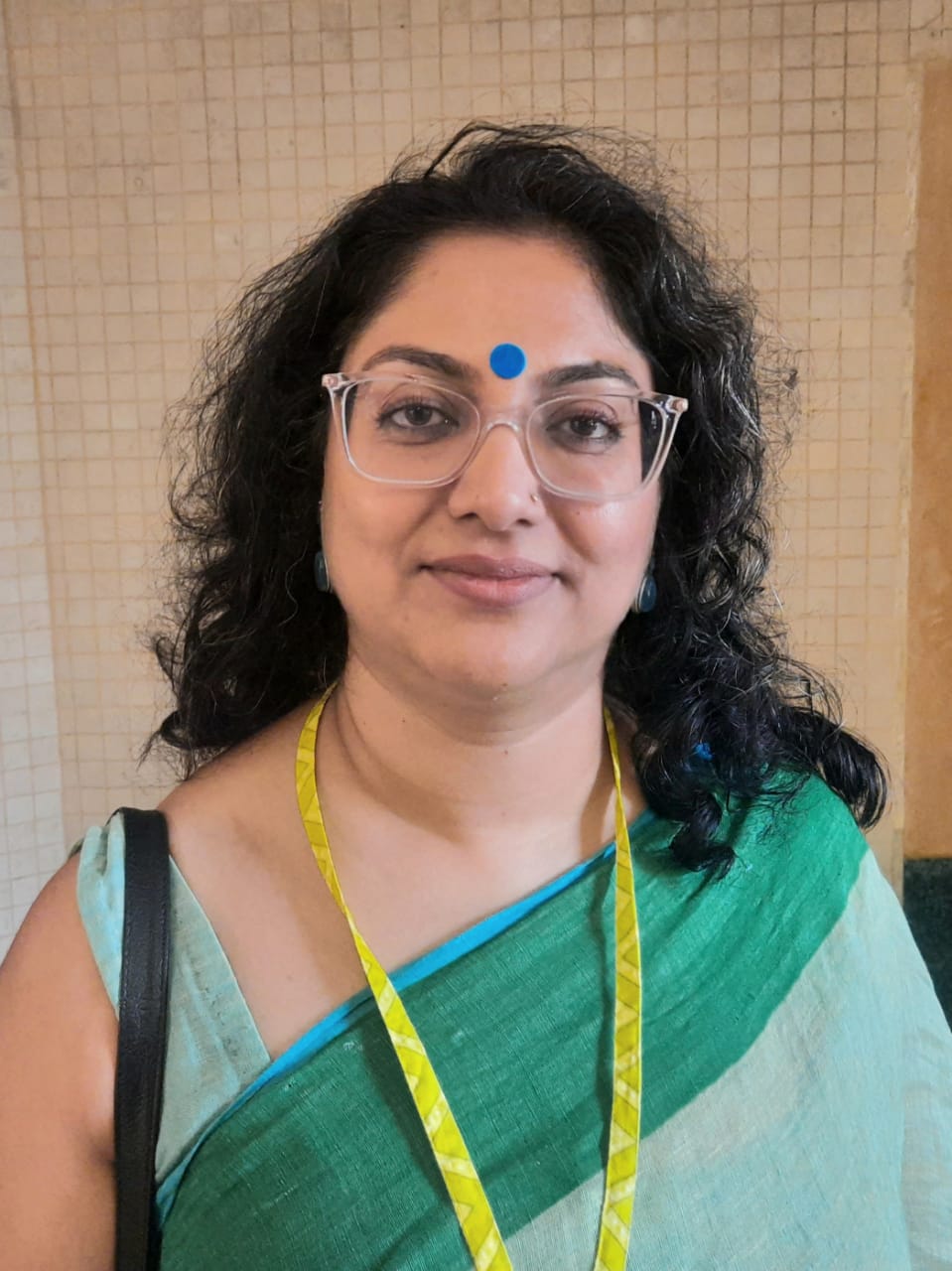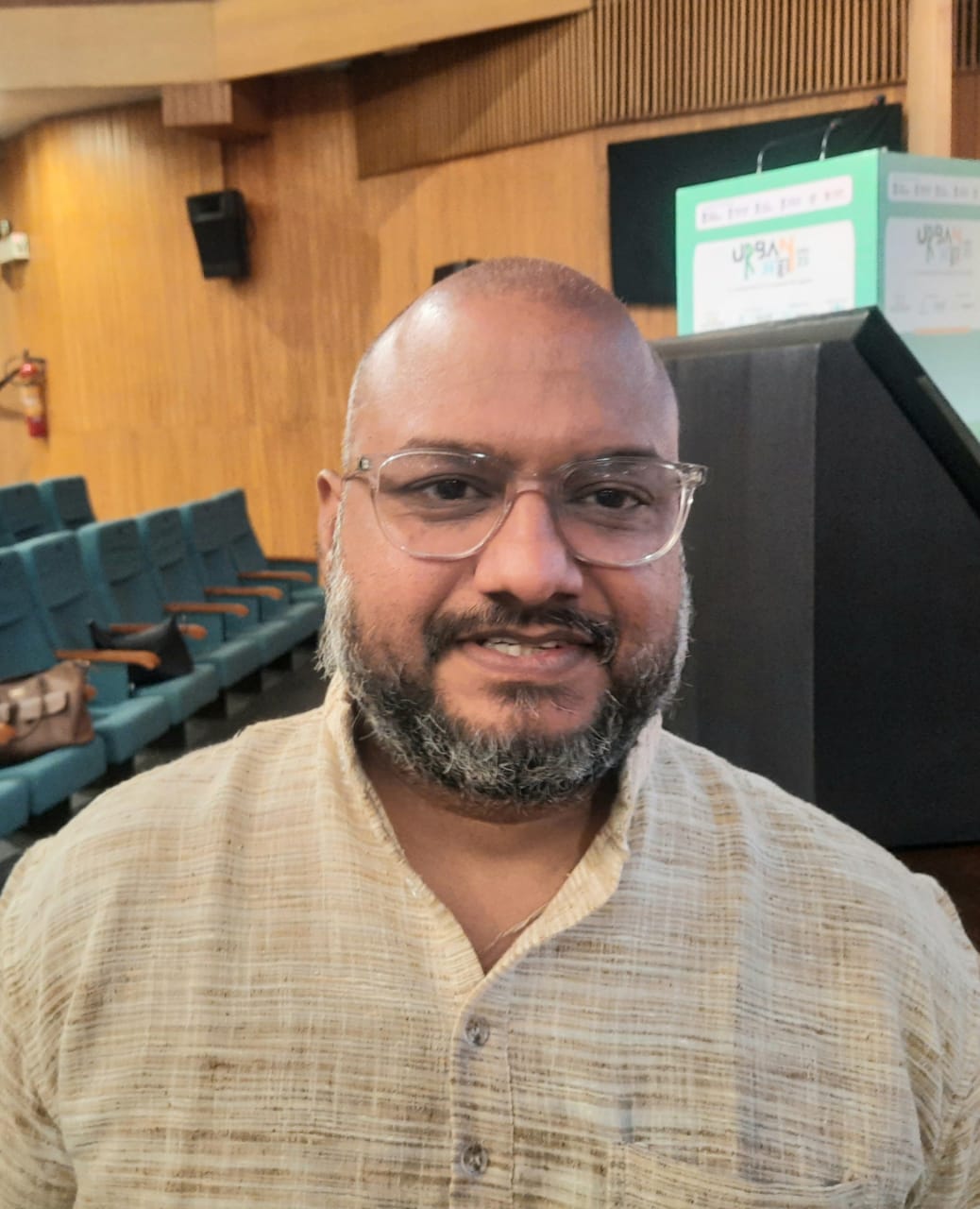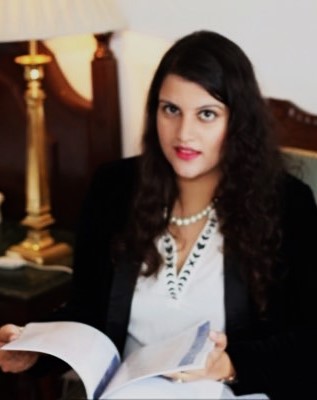Ravi Shankar Etteth—polymathic raconteur, accomplished editor, virtuoso graphic designer, and trenchant political cartoonist—conjures a work of astonishing lyricism with Rhapsody Road Poems, published by Om Books. This poetic oeuvre beckons the reader into a luminous yet tantalizingly inaccessible realm—a topography of reverie suspended between the cerebral and the surreal. As Etteth elucidates in his preface, the experience mirrors the poignant disorientation of awakening from a dream so immersive, one mourns its dissipation and yearns for a return, fully cognizant that the portals to such dreamscapes are forever sealed. He further illuminates poetry is the alchemy of language, transmuting the mundane into the sublime through the elegant economy of words. It is not merely an art form but a metaphysical endeavour—a quest to crystallize emotion, time, and truth into eternal resonance.
Etteth’s poetic vision traverses an astonishing gamut—from the quotidian banalities of lived experience to the ineffable sorrow of squandered springtimes, frittered away amidst ersatz pleasures, Dionysian indulgences, and ephemeral camaraderie. His verses meditate on autumnal decay, recollections of events that never transpired, and an audacious reimagining of Michelangelo’s Creation. Every line brims with mordant wit, philosophical introspection, and an unwavering awareness of life’s transience. Augmented by his own illustrations—at once evocative and cerebral—the collection becomes a palimpsest of thought, emotion, and aesthetic resonance.
In an erudite and engaging exchange with The Interview World, Etteth dissects the ontological architecture of Rhapsody Road Poems. He expounds poetry is the symphonic articulation of the soul’s innermost tremors, where silence acquires syllables and emotion is distilled into cadence. Etteth explicates on his creative osmosis between illusion and reality, elucidates the poetic osculations between nature and the human condition, and unveils his innovative incorporation of contextualised AI-generated graphical motifs that augment the narrative tapestry of his verse. What ensues is a compendium of insights—intellectually fecund, aesthetically invigorating, and philosophically profound.
Q: You’ve had a prolific career as a writer, editor, and political cartoonist. You once saw poetry as self-indulgent, yet Rhapsody Road Poems emerged. What changed your perspective and led you to embrace poetry?
A: I gravitate solely towards a particular strain of poetry—one that is imbued with a discernible point of view, underpinned by a philosophy of existence, and engaged in a relentless interrogation of the self, society, and the intricate web of human relationships. With the inexorable march of age, time appears to both accelerate and contract; the days, once expansive, now beg to be compressed into fleeting seconds. Poetry, in its ineffable grace, affords one the singular luxury of distilling entire lifetimes into a stanza—of pausing time, even as it hurtles forward.
It is, in essence, an enigmatic and alchemical medium—at once elusive and exacting. My forays as a cartoonist, novelist, and journalist have collectively endowed me with a cultivated perspective, an irreverent attitude, and a fervent passion for life lived with unrelenting intensity. And indeed, one must assert—there exists no poetry without passion. But let us be clear: I do not refer to the saccharine banalities of the proverbial Laila-Majnu romanticism. Rather, I speak of a deeper, more nuanced, and contextual contemplation of belief, intimacy, and emotional proximity.
In this realm, the camaraderie of love—the shared silences, the unspoken solidarities—is infinitely more resonant than the transient titillations of erotica.
Q: Your poetry evokes a dreamlike quality, where memories blur with imagination. How do you navigate this space between reality and illusion in your creative process?
A: You see, reality—contrary to our quotidian assumptions—is inherently subjective, a prism refracted through the kaleidoscope of perception. The visage you present to your neighbour is not the one beheld by your spouse, nor is it remotely akin to the image perceived by your loyal canine companion. Each constructs a distinct narrative of ‘you’, tailored by their own biases, needs, and emotional registers. In truth, what we call ‘reality’ is little more than a consensual hallucination—a gossamer illusion masquerading as certainty.
It is here that poetry performs its most sacred function: it becomes the evanescent bridge spanning the gaping abyss between our internal chaos and the world’s external cacophony. That chasm, which Friedrich Nietzsche so chillingly warned us would stare back when we dared gaze into it, is not merely an external void—it is mirrored within. The abyss resides not only in the vast unknown beyond, but in the unsettling profundities of the self.
And yet, if we possess the courage to acknowledge the resonance between that existential void and the abyss within, to tether the external and internal abysses through art, through verse, we can transform dread into beauty. In doing so, we may stride unflinchingly towards our eventual twilight—not with trepidation, but with a defiant grace, ennobled by the luminous epiphanies that poetry bestows.
Q: You describe poetry as “wounds, hurts dressed up as tributes.” Do you see your collection as a cathartic exercise, or was it more about exploring the wounds themselves?
A: I harbour a peculiar fondness for wounds—not out of some masochistic predilection, let me hasten to clarify. I am, after all, a devotee of life’s more sybaritic pleasures: a glass of finely aged Islay malt, the exhilarating bite of an impeccably crafted tequila, and the gustatory delights of both haute cuisine and the unapologetic indulgence of butter chicken. But wounds—those visceral imprints of experience—serve as sentinels of caution. For scars, you see, are the hieroglyphs through which wounds narrate their tales; they are the etymology of pain rendered permanent.
While “catharsis” may sound perilously close to hyperbole, I concede there is truth in its invocation. The act of writing these reflections—each word a wound exhaled onto the page—was less a literary exercise and more an epiphanic unburdening. A revelation, not thunderous but whispered, coaxed forth by the quiet insistence of inner necessity.
Q: You write that poetry brings strangers to life, fleetingly real for the reader. Are there particular figures in Rhapsody Road Poems who haunted you, demanding to be written?
A: A multitude may claim familiarity with me—friends, acquaintances, and casual observers alike. Yet, an infinitesimal few possess any true knowledge of my inner world. I prefer to preserve this enigmatic equilibrium.
Q: Your poems capture fleeting moments—autumn’s falling flowers, friendships, lost souls. Do you think poetry is inherently nostalgic, or is it more about confronting impermanence?
A: All is ephemeral, even the seemingly interminable cycles of rebirth. Humanity, in its perennial vulnerability, yearns incessantly for reaffirmation, constancy, solace, and steadfast allegiance. Such is our existential coping mechanism—our feeble attempt to anchor ourselves amidst the relentless flux of life: the first strand of silver in our hair, the final fleeting glimpse of a father’s fading visage.
Poetry, then, is not a militant engagement with life’s adversities but a contemplative embrace of transience itself. It is the art of distilling impermanence into verse, imbuing its fleeting whispers with both the resilience of hope and the impetus for meaningful action.
Q: You’ve integrated AI-generated photo-illustrations and a curated playlist into the book. How do these elements enhance the reading experience, and do they alter how poetry is perceived?
A: It was, in essence, a cerebral experiment—an audacious confluence of verse and visuality. As a practitioner of the visual arts, I was intrigued by the proposition: could the ineffable mood of poetry be rendered through the lens of imagery? Novelty, after all, is my perennial muse; it compels, provokes, and invigorates me.
Artificial Intelligence—ubiquitous and tantalizing—presented itself as the perfect interlocutor. The process was neither instantaneous nor devoid of hurdles, but perseverance prevailed. At the book’s unveiling, I orchestrated an accompanying art exhibition showcasing what I have since christened AIgraphy—a harmonious fusion of algorithmic interpretation and artistic intention.
I am pleased to report that of the twelve curated pieces, eleven found discerning patrons. A modest, yet gratifying, indication that perhaps I am treading the right path.
Q: Your poems range from the everyday to grand existential themes. How do you decide what deserves poetic exploration, or does poetry find you unexpectedly?
A: I do not presume to make such definitive determinations. I believe the cosmos is perpetually teeming with narratives—some yearning to unfurl through the cadence of verse, others through the architecture of prose. My only credo is to remain an unbarred conduit—an open soul attuned to the whisperings of untold stories.

